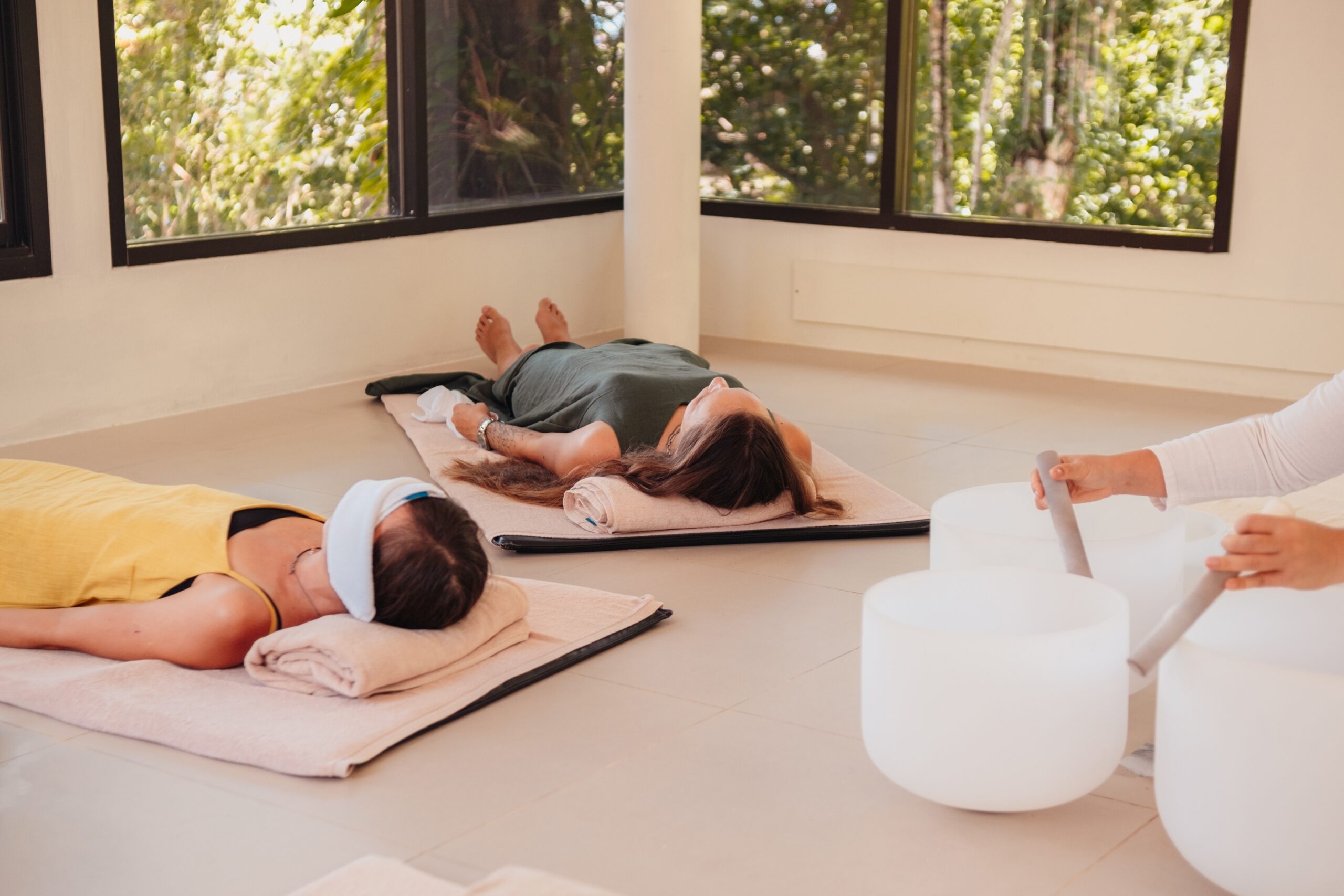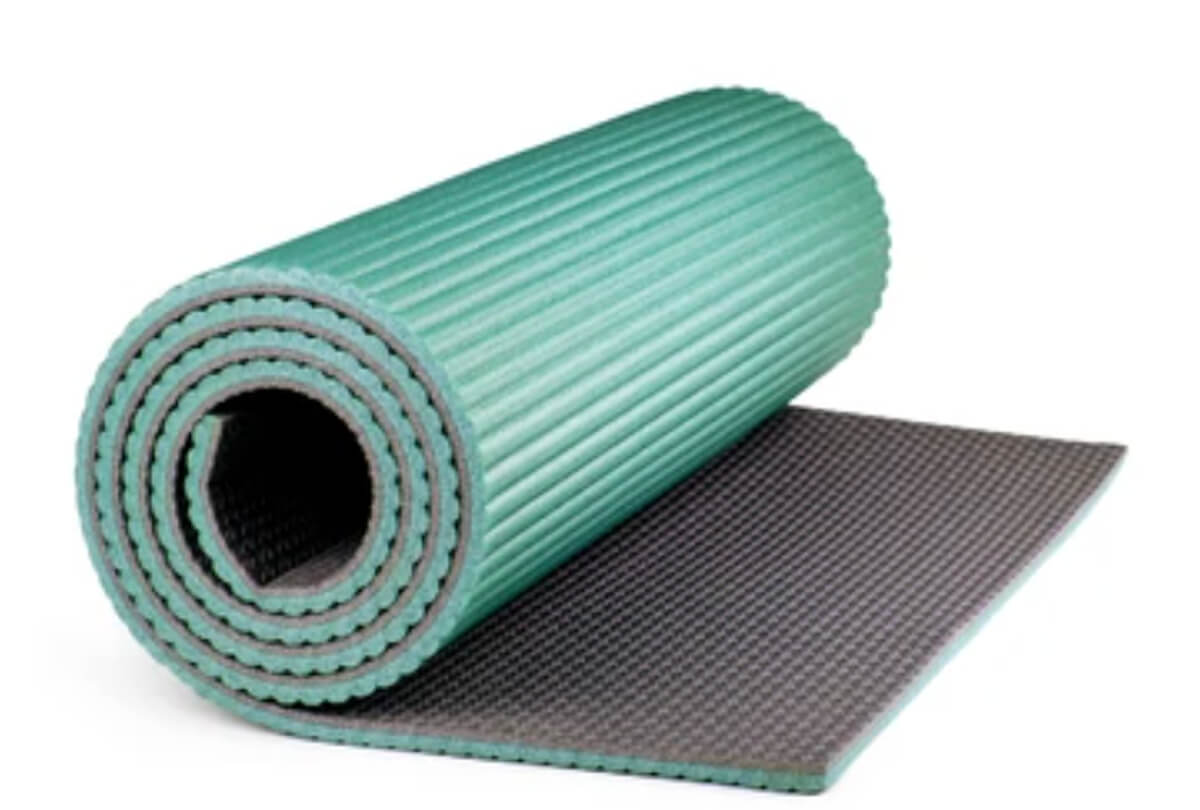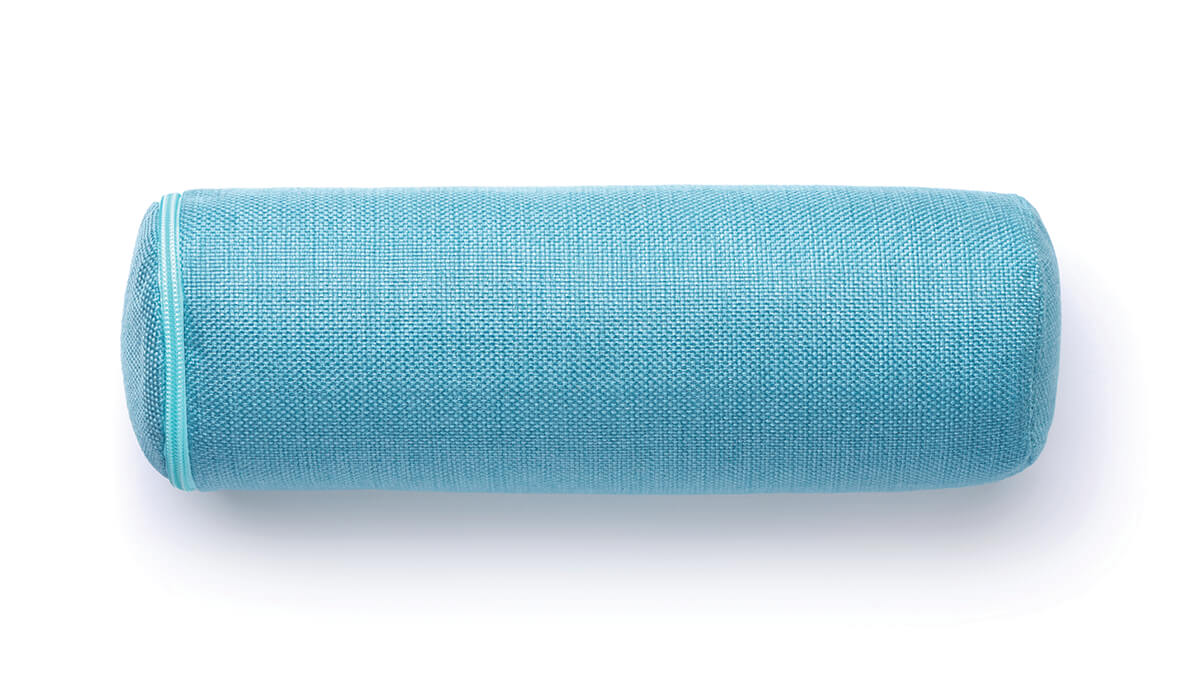Health & Wellness
Everything You Need to Know About Sound Baths
To learn about the trending meditation practice, we turned to Susan Selckman of Updog Studios in Towson.

While sound baths have been around for thousands of years, they’ve enjoyed a recent surge in popularity. Despite the name, a sound bath does not entail the use of water. Instead, the client lies prone on a yoga mat as the teacher creates sounds that “wash” over them. It’s up for debate whether this ancient practice started in India, Egypt, or Greece, but one thing is for sure: Sound baths can be an effective form of meditation.
To learn more, we spoke with Susan Selckman, owner of Updog Studios, a yoga studio in Towson that hosts several sound baths a year.
So what is a sound bath?
A sound bath is an immersive sound experience linked to rest and healing energies. Different instruments are played, from gongs to singing bowls to rain sticks to drums. Sound baths have become popular as a way for people to have another method to restore energetically. The idea is to reach a deeper level of relaxation and reset with sound frequencies at various decibels.
What are the benefits of a sound bath?
People are looking for a different way to find some peace and rest—this is just another way to bring them there. It helps with sleep, both the level and depth of sleep for days after—I consistently hear that. People are seeking some form of release. They might not be ready to take a yoga class; even if it’s gentle, there are instructions to follow. With a sound bath, where you just lie there, the work—and it can be work—is to surrender.
Why have sound baths become a recent trend in the wellness community?
People are so tattered that they are looking to create ease in their life. Ever since the pandemic, a lot of people would love to go into some type of therapy, but they’re told, “There’s a three-month wait, and you’ll need to self-pay”—tell that to someone who is already not in the best mental place. A sound bath is not a replacement for therapy, but people are just looking to see if something like this can help.
When deciding where to go, what should we keep in mind?
Trusting where you go is important. The person who is playing the instruments must understand how to keep the instruments under control—it can get away from you and get loud. If that happens, it can completely disrupt the experience. It’s also important to be receptive. If you go into this thinking, “It’s hokey,” you’re not going to have the best experience.
Can’t we just do this at home?
There are some amazing meditation apps out there, like Calm and Headspace, but it’s hard to get out of our own way. People will say, “I can do that at home,” and I’ll say, “Awesome, do you?” The answer is usually no.
WHAT YOU NEED

Yoga Mat: A well-cushioned mat provides a soft place to land.

Bolster: Props keep you comfortable and help absorb the sound.

Hydrate: Drink a cup or so of water prior to your sound bath—you don’t want to interrupt the experience once it starts.